Many have heard about the benefits of hydrogen peroxide for the human body and its use in first aid for damage to the skin, but not everyone knows about its benefits for indoor flowers. Despite the abundance of chemicals created specifically for plants, experienced growers still use this substance to process flowers, seeds and spray leaves.
Content
Chemical properties and composition of peroxide
Hydrogen peroxide is widely used in medicine. The active substance of this drug is hydrogen peroxide. The main difference between peroxide and ordinary water is the presence of an extra oxygen atom, which quickly disconnects. This medicine is in every medicine cabinet due to the fact that it has powerful antibacterial properties and belongs to the group of oxidants. So, it is used in first aid for treating wounds, cuts and stopping bleeding.

Thanks to the release of free oxygen, the substance helps to destroy microbes on the surface of the skin and to cleanse damaged and dead particles. The formation of foam accelerates the blockage of damaged vessels and stop bleeding. However, the medicine has only a temporary effect and does not completely sterilize the wound surface.
The use of hydrogen peroxide for indoor plants
Few people know that peroxide can be used in the care of indoor plants. Experts compare the preparation in composition and action with rainwater, since it also contains an additional oxygen atom, which appears as a result of saturation with ozone. Due to this, the drug neutralizes harmful microorganisms, which is why it is used in floriculture.
Many florists know that if you add a few drops of peroxide to the water for irrigation, the chlorine atoms are displaced by more active oxygen, and also their release leads to the fact that the substance fills the substrate with the necessary elements.
In addition, the drug is recommended to be used during the period of active growth in order to protect the young flower from the action of bacteria, fungi and insects. Peroxide has been found to be highly effective in treating fungal diseases instead of fungicides.
Florists note that the substance helps not only to accelerate the growth of flowers, but also to strengthen small roots and prevent decay of the root system as a whole. Very often, this drug is used as a fertilizer.
Solution preparation and dosage calculation
The main components of the solution are peroxide, purchased at a pharmacy, and running water. In some recipes, sugar or iodine must be added. To prepare a standard solution, use a liter of water and 10-15 drops of the product.
Specialists note that the dosage of the components may vary depending on the purpose of use. So, for daily watering in a liter of water, only a few drops of the substance are bred.Regular watering with such a mixture will bring quick results and soon the flower will begin to grow actively, and its appearance will change for the better.
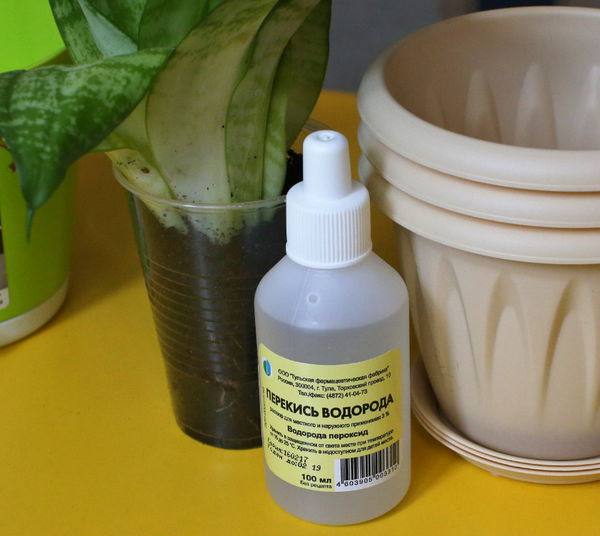
It is these solutions that are used to treat rotting of the root system, and to make wilted young plants look healthy.
Often, this substance is sanitized before planting, for which it is not diluted, but a concentrate is used. Also, peroxide can be used to treat the substrate itself when planting a plant. For this purpose, a whole bottle of peroxide is poured into 5 liters of water.
Peroxide is highly effective in the treatment of plant diseases. For medicinal purposes, a solution of 40 drops of iodine, 10 l of water and 100 ml of peroxide is prepared. Experts recommend the use of such a medicine when detecting late blight.
Features of using hydrogen peroxide for flowers
Hydrogen peroxide diluted in water can be used in various dosages for various purposes. So, solutions are often used to water or spray a flower, soak seeds and neutralize parasites.
Spraying foliage
For spraying it is necessary to add 10 ml of hydrogen peroxide in 1 liter of water. The resulting mixture was thoroughly mixed. The solution is poured into a spray tank with a fine spray nozzle and sealed. Spraying must be done along the sheet plate, distributing the liquid evenly over the surface. After spraying, you do not need to wipe the surface of the leaves.
Once on the leaf, the product will significantly accelerate the metabolic processes of the plant, improve the functioning of connective tissues, and also accelerate intercellular metabolism. It is impossible not to mention the mechanical cleaning of the leaf surface from dust, small particles and microorganisms, which not only clog pores, but also can provoke the occurrence of diseases. Oxygen dissolved in water saturates the substrate, which improves the functioning of the root system.
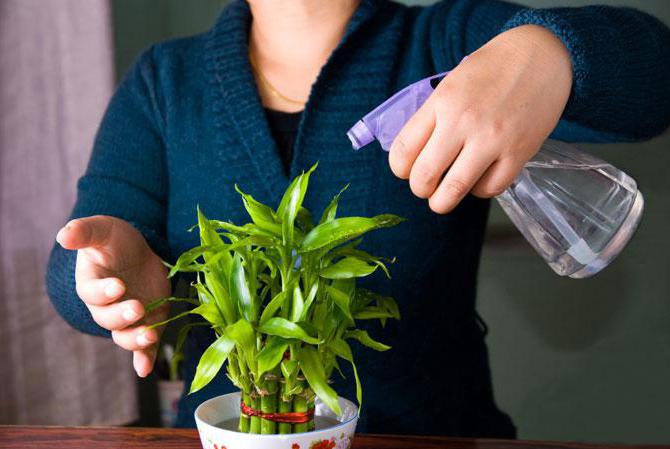
Is it possible to water peroxide flowers?
Watering indoor plants with peroxide is recommended by gardeners. Thanks to the action of the active substance, the substrate is saturated with oxygen, which helps to improve the functioning of the root system, neutralize all bacteria and enhance flower growth.
Very often indoor plants are watered with running tap water, however, it is too hard and contains a large amount of calcium and magnesium salts, the presence of which negatively affects the growth of the plant. That is why it is recommended to prepare a solution of peroxide for watering.
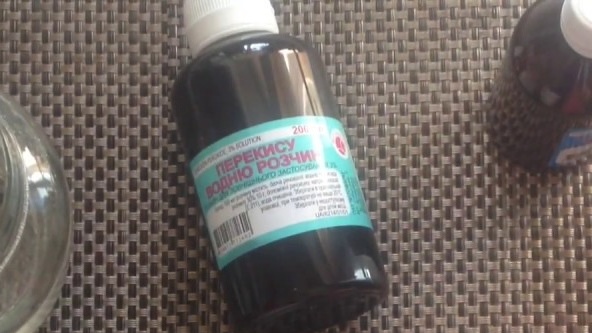
To prepare it, add 1 ml of 3% peroxide to 1 liter of running water. The resulting mixture was thoroughly mixed. Watering with such a solution is recommended every 5 days. Before watering, it is imperative to remove all dried leaves and other debris from the pot, as well as slightly fluff up the top layer of the substrate.
The same solution can be used to disinfect damaged areas of the plant. Adding 1 tablespoon of sugar to this mixture will make it a great tool for spraying leaves.
Seed treatment
Processing seeds with hydrogen peroxide provides not only the disinfection of seeds, but also increases the likelihood of a quick shoot. The substance acts on growth inhibitors inside the seeds, preventing them from inhibiting germination. Seeds are completely soaked in peroxide, initially leaving them in warm water for half an hour in order to soften the outer shell.
To soak in 0.5 l of water add 1 tablespoon of peroxide and leave the seeds for 3 hours. Soak them on napkins or in shallow containers. Then washed with water, dried and sown in the ground.
Pest protection
Due to the bactericidal properties of peroxide, it is used to treat bacterial and fungal infections, as well as when parasites appear.
To prepare the mixture, you need to take half a liter of water, add 60 drops of peroxide and 80 drops of iodine. Scabs, ticks, worms and midges, which most often parasitize on indoor plants, are afraid of this remedy.
Root dressing
Adding a few drops of the drug during watering will be an excellent alternative to fertilizers. In addition, with this use of peroxide, the plant does not need additional fertilizing, since it completely replaces them.
Potential harm to the plant and precautions
Specialists claim that the use of this substance is not harmful to plants. Despite this, they recommend the use of peroxide in moderation in accordance with the recipes. Hydrogen peroxide is considered a strong oxidizing agent, so it is used only in diluted form. If frequent watering is necessary, its amount is not increased.
Common questions
Hydrogen peroxide is widely used in floriculture due to its ability to destroy microorganisms and the presence of an additional oxygen atom. It is used as watering, top dressing, parasite control and seed treatment.

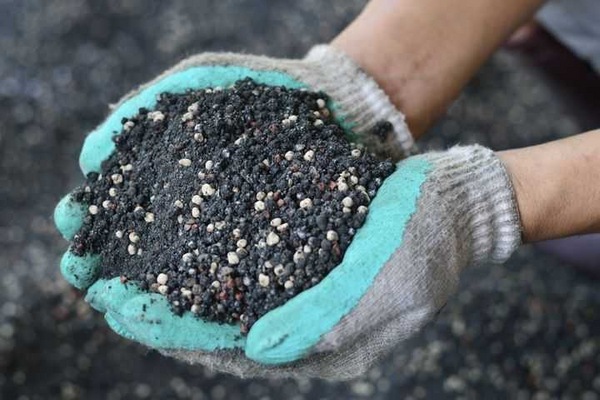
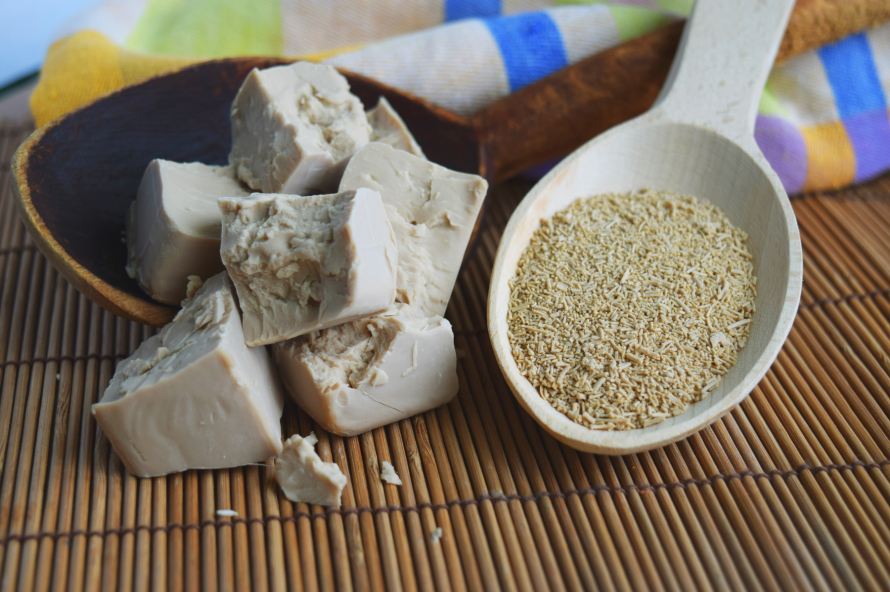
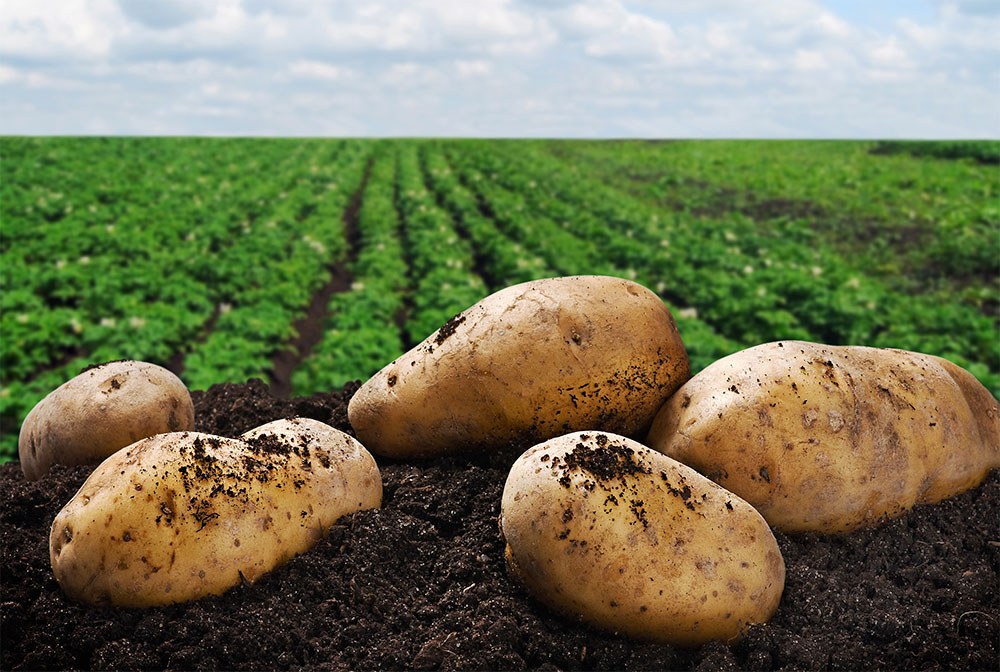
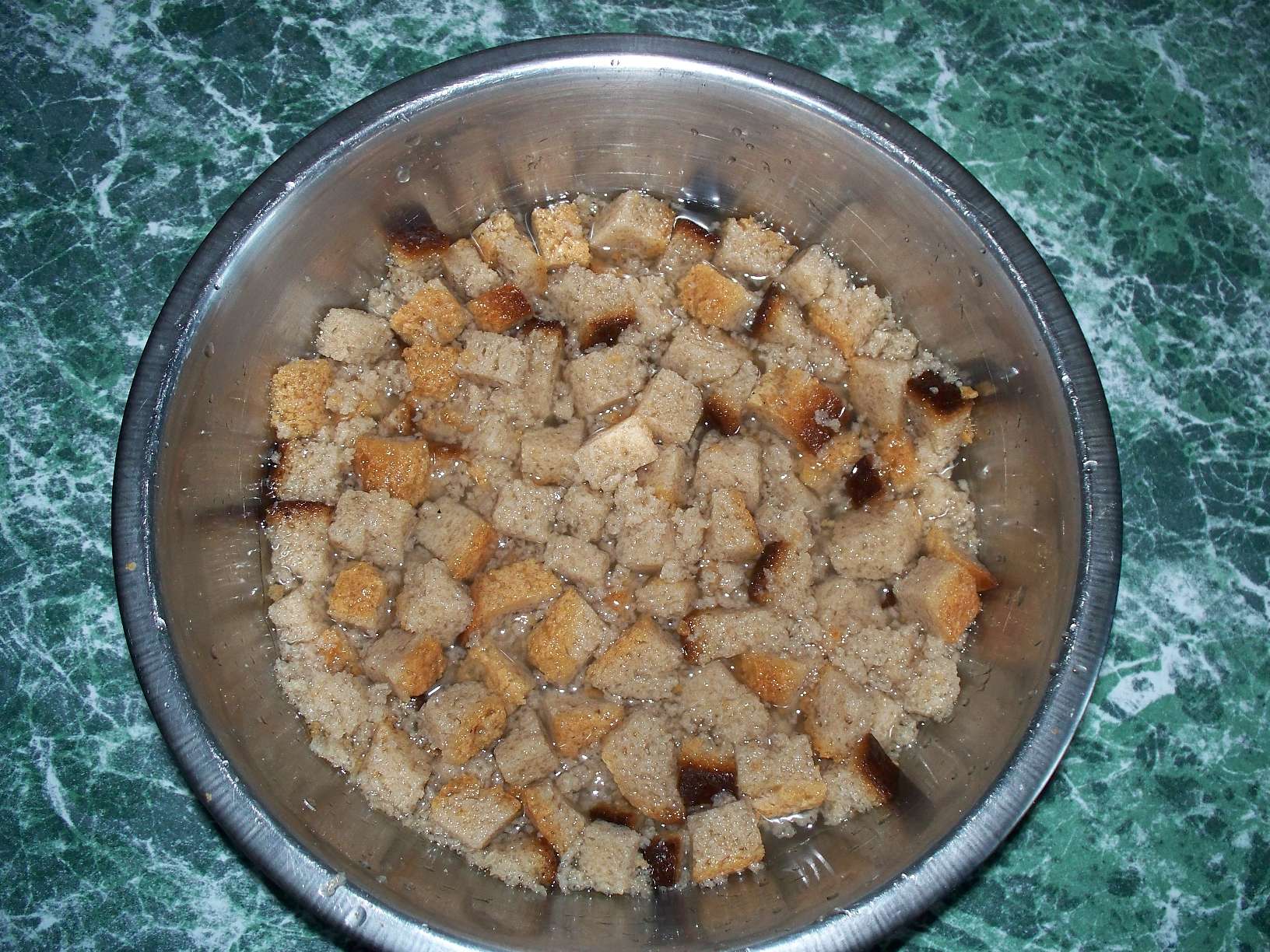 How to make bread infusion for feeding cucumbers
How to make bread infusion for feeding cucumbers Superphosphate: what is it and how to apply it
Superphosphate: what is it and how to apply it What problems can be expected from siderats?
What problems can be expected from siderats? Secrets of the collection, storage and use of eggshells in the garden
Secrets of the collection, storage and use of eggshells in the garden
HELENA
Very useful and necessary information for lovers of home gardening and everything is not very expensive, only the use of a banana peel is doubtful ...